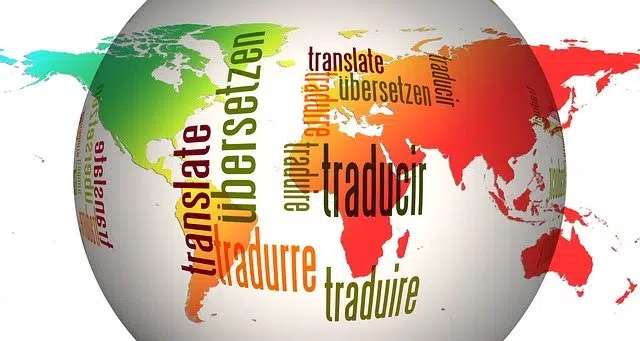
Each culture has a particular relationship with its language.
Ethnolinguistics is a scientific discipline dedicated to the analysis of the links between language and culture . Also known as linguistic anthropology and anthropological linguistics , it studies how language varies according to each civilization.
Language and ethnicity
One of the objectives of ethnolinguistics is to investigate the relationships between the language spoken by various communities and the culture in which said people are immersed. It can be said, in this framework, that this field of knowledge is oriented towards the relationship between a language and an ethnicity .
It is important to keep in mind that, for ethnolinguistics, language is made up of linguistic knowledge that allows extralinguistic knowledge to be reflected. That is why a language varies according to culture .
The emergence of slang , the establishment of taboo terms, the development of proverbs and linguistic borrowings are some of the objects of study of ethnolinguistics. It can be stated that ethnolinguistics considers the linguistic uses associated with ethnicity and the changes in language according to culture.
Different cultures
We use language to give names to the objects that surround us, which make up the world of which we feel part. It is important to understand that this applies to the material plane as well as the ideal. Through words and concepts we give meaning to this world, and we create categories to group objects, which we relate according to different parameters that make them similar, we place them in hierarchies taking into account their degree of abstraction and in models that give us the induction and deduction .
By induction we understand a reasoning according to which the truth of each premise serves as support for the conclusion, although it does not guarantee it ; Deduction, on the other hand, is a process that makes it impossible for the conclusion and the premises to have different truth values . Returning to language and the world, the first establishes an order to relate to the second. Ethnolinguistics considers the differences between cultures, their languages and the relationships between these two elements, so that it applies various classification systems . For example, not all languages have words for the same concepts, nor do they give those that do share the same semantic extension, but this should not be used to rank them.
We use language to express our experiences, make reference to things and other living beings, situate our stories in time and space, give our opinions about other people's messages, etc. For this and more, each culture develops throughout its history a structure composed of words and rules of use. However, they do not always consider all the possibilities, and it is then that adaptation and amplification arise through borrowings, neologisms and other resources.
Whether taking words or expressions from another language, creating new ones and incorporating them little by little, or adding to a word a meaning that it has in another, we have the possibility of reflecting in the language the evolution that the culture is going through, an inevitable phenomenon that since then it takes into account ethnolinguistics and that makes its study especially complex.

Ethnolinguistics contemplates the particularities of each culture and its respective language.
Study of linguistic signs
Another way of understanding ethnolinguistics is as the investigation of the history , development and modifications of the linguistic signs used by an ethnic group. It should be noted that, in its historical development, this discipline forged different traditions.
The European tradition of ethnolinguistics was based on reflection on the dialects of Europe and their folklore. The American tradition , for its part, aimed to study African and Amerindian languages to compare them with English. In any case, there are other aspects dedicated to addressing areas of interest from various perspectives.
